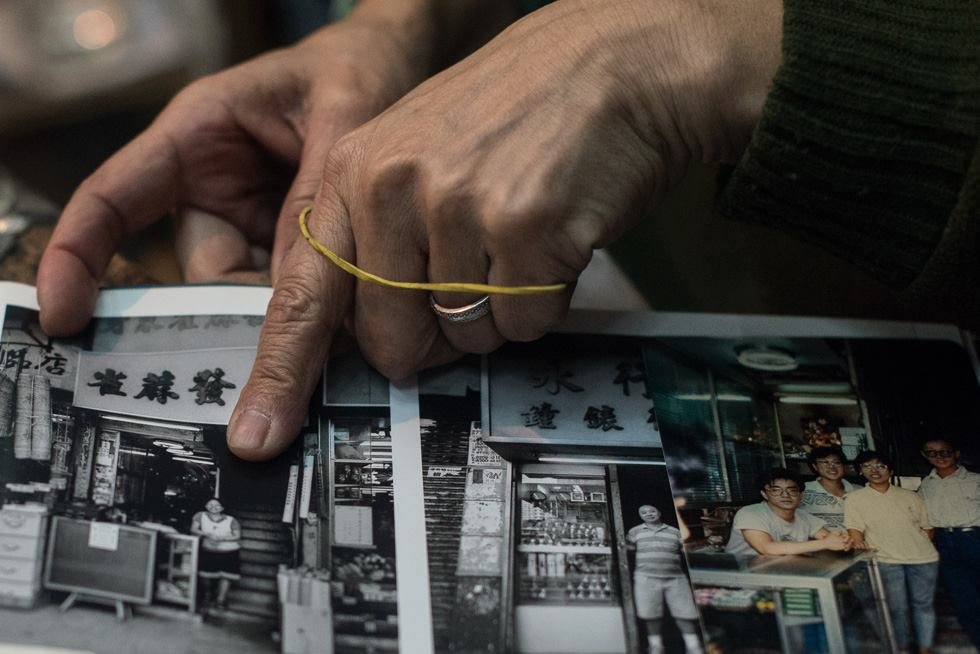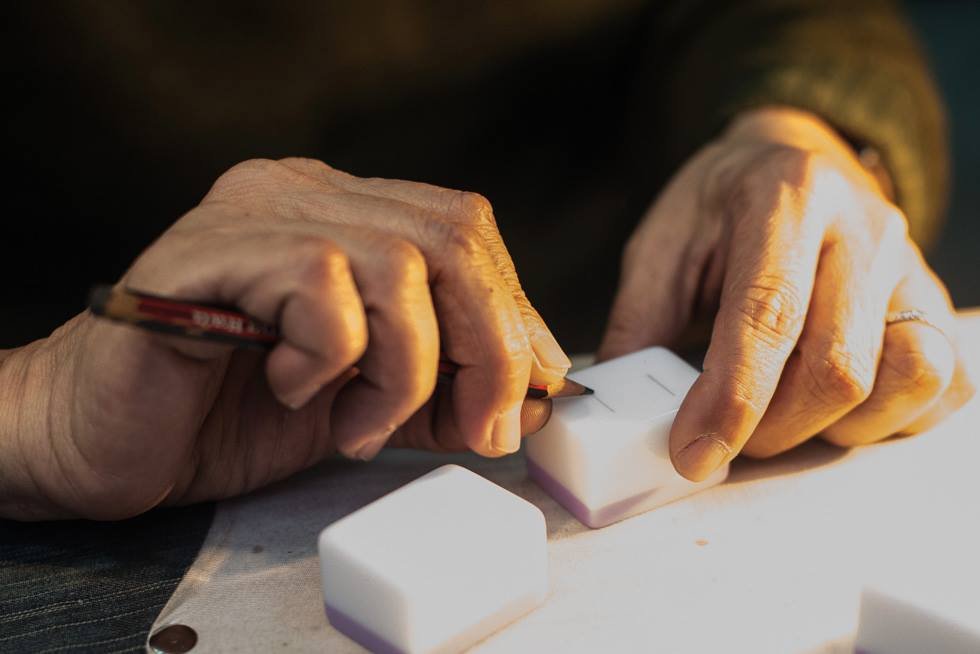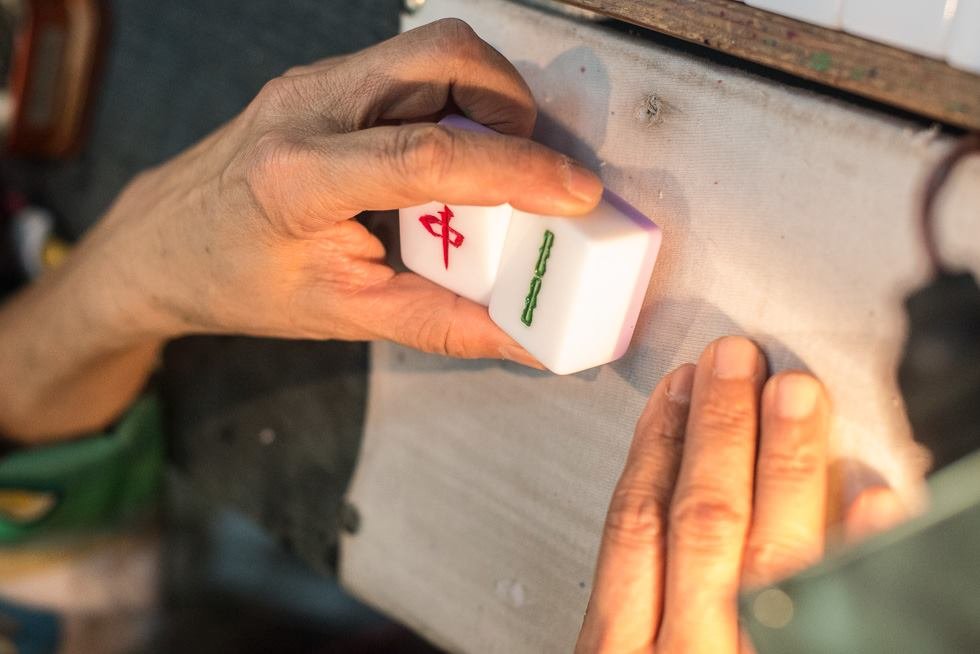Sparrow tiles - Mah Jong
Mahjong, also spelled majiang, mah jongg, and numerous other variants originated in China. It is commonly played by four players (with some three-player variations found in Korea and Japan). The game and its regional variants are widely played throughout Eastern and South-Eastern Asia and have a small following in Western countries. Like the Western card game rummy, mahjong is a game of skill, strategy, and calculation and involves a degree of chance. The history of the game is straightforward. There is the history until the early 1920s almost exclusively played by Chinese and later as 1920 when discovered and popularized by other nations.
A set of 144 Mah Jong tiles consists of 36 tiles in the Bamboo suit, 36 in the Circle suit, 36 in the Character suit, 16 Wind tiles, 12 Dragon tiles, and 8 bonus tiles (4 Flowers and 4 Seasons). The best tiles had been made from bamboo and ivory or bone and were beautiful hand-painted. The aim is to collect sets of tiles according to the number and type are shown on each tile's face. A player takes and discards a tile each turn, and the first player whose hand consists entirely of a legal set or set goes out or goes "Mah Jong." The game is effectively the same as the card game Rummy. Mah Jong is remarkably simple when reduced to its basics, and only the accompanying rituals and complex scoring change this. One of these rituals, the process of shuffling the tiles at the start of the game, is known as "The twittering of the sparrows," presumably because of the accompanying noise.
Since Mah Jong means "the game of the sparrows" or "Sparrow tiles" in Chinese, it seems likely that this is the source of the game's title.
Before the appearance of Mah Jong, a variety of card games were played in China with at least four types of cards decks. However, just like Mah Jong, the majority were of the set-collecting variety, and specific terms from these old card games are also used in Mah Jong. So, it seems not unreasonable to place Mah Jong as part of a new game of those card plays. When the West "discovered" the game around 1920, the Mah Jong craze hit much of the world. Many regions in the Far East play a game akin to the classical Chinese form, but in particular, the British, the Americans, and the Japanese all grabbed the game and ran with it in their own direction.
Mrs. Ho Sau Mei is one of the late producers of hand-made sparrow tiles in Hong Kong. She has zero interest in playing mahjong for herself but has spent a lifetime, day after day, in her tiny stall carving sparrows. She was fond of her father's work and wanted to keep it going. The Mah Jong craftsmen shop opened in Hung Hom in 1962. she started to help in producing Mah Jong tiles early in her youth and has done so for many years. To make a set of Mah Jong, it takes her about one week to 10 days. She invented her own kind of drill to carve turn by-turn different patterns before applying color on the tiles, depending on whether the drying needs different periods. When she uses color and then scrapes away the excess paint, the patterns reveal themselves. The hand-made tiles are up to three times as expensive as machine-made Mah Jong tiles, but from time to time, someone will find her carved sparrow sets more attractive than the industrial made. She is not eager for her children to enter the same business, and she does not encourage them to join because the income is insufficient to support a family. She has received encouragement from the Hong Kong Government as she shows old craftmanship, which gets rarer every year. Her shop can be found at Hong Kong No. 2 Bulkeley Street, Hung Hom.
















